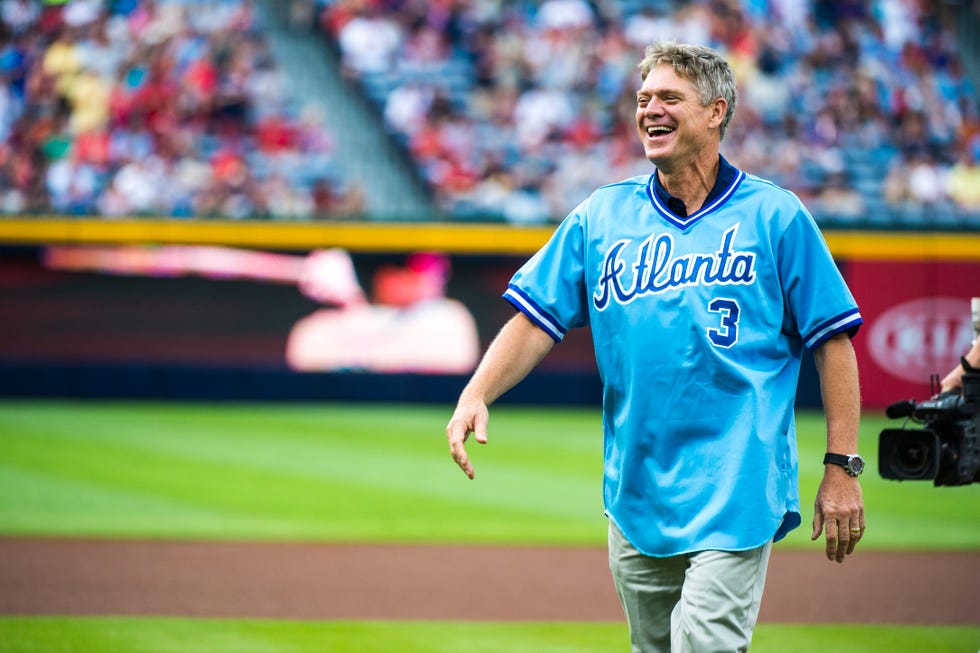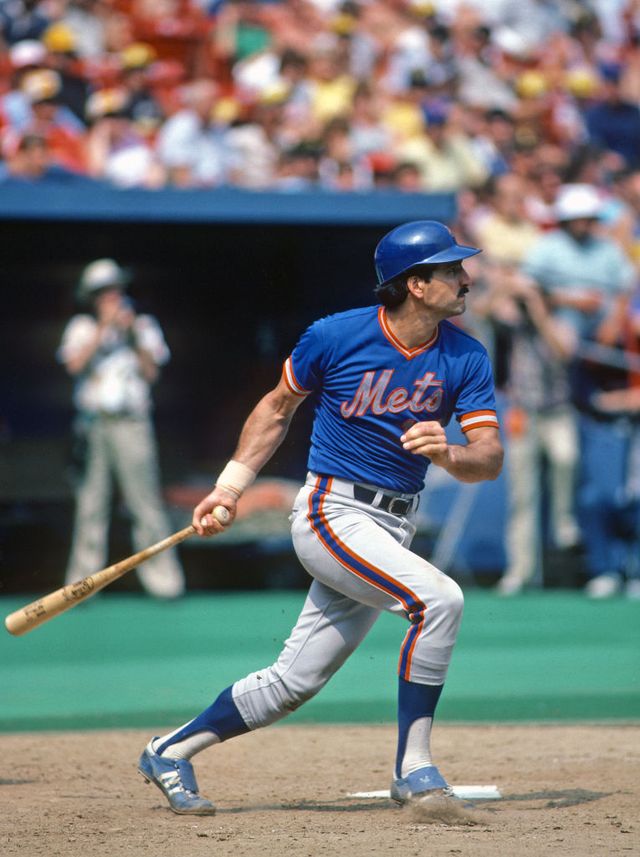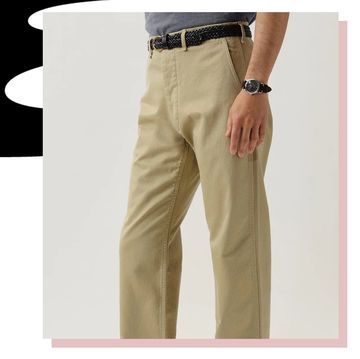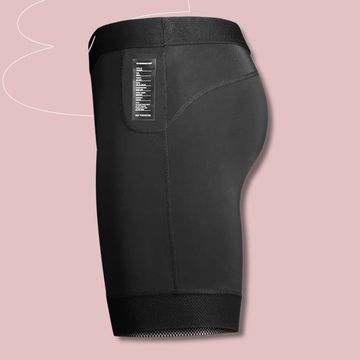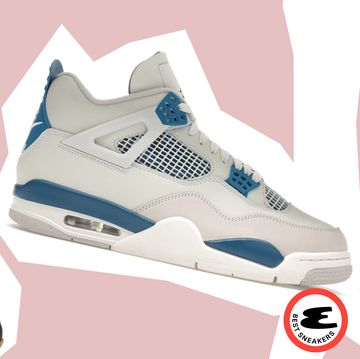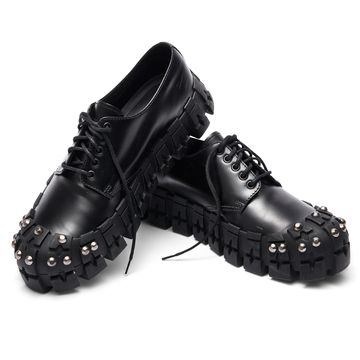Before we talk about Dale Murphy and MVPs and the Hall of Fame, let’s talk about this fun tweet from Josh Reynolds.
I absolutely love when people create crazy stats to isolate single seasons and ballplayers. I’m not kidding, I love it because it shows the passion people have for their favorite players. They will go so far out of their way to make their player look good. I’ve done this many, many times myself.
In this case, "Murph" had a wonderful 1983 season, but it’s not enough to say that. So, well, let’s start with the fact that he hit .300 with 30 homers and 30 steals. Can’t be many ballplayers in baseball history who did that, right?
Right. There have been 28 seasons where a player did it.
OK, let’s narrow that down: Murphy drove in 121 runs that year. So, let’s make it batters who hit .300 with 30 homers, 30 steals, 120 RBIs …
Yes, yes, down to 11 now. Of course, of the 11, Murphy’s 121 RBIs are actually the lowest total, but that’s OK — hit .302 batting average is also the lowest and his exactly 30 stolen bases is also the lowest and his 36 home runs is the second-lowest. But we are on a mission, people. How can we eliminate the other 10?
Well, Murph scored 131 runs that year, which is a huge number. So, let’s make it batters who hit .300 with 30 homers, 30 steals, 120 RBIs, 130 runs …
Joe Posnanski has been called "contemporary sports writing's biggest star." For more stories from Joe, subscribe to his Joe Blogs Substack newsletter at joeposnanski.com, where he writes about sports, pop culture, life, and all manner of nonsense.
Yes, yes, yes, we’re down to four! We’re down to Ellis Burks’ 1996 season, Larry Walker’s 1997 season, Jeff Bagwell’s 1999 season and the Murph! Two of those seasons were at Coors Field when that place was a joke, and Bagwell’s season was in 1999, when the game was an offensive fireworks show, so we could just leave it here and people will understand that Murphy’s season was fundamentally different …
But no. We’ve come this far. How do we eliminate the others? Well, Murphy walked 90 times in 1983. That’s a lot of walks. True, Murphy had the lowest OBP of all four players by a fair amount, but let’s make it this …
How many players have compiled a .300 batting average with 30 home runs, 120 runs batted in, 130 bases on balls and 30 steals?
Answer: Two! We’re down to Murphy and Bagwell.
Bagwell: .304 average, 42 homers, 126 RBIs, 143 runs, 30 steals, 149 walks.
Murphy: .302 average, 36 homers, 121 RBIs, 131 runs, 30 steals, 90 walks.
And here’s is where I think our hero Josh gave himself away. There was an easy and so subtle way to eliminate Bagwell without resorting to a too-obvious trick. He could have said this:
Dale Murphy’s 1983 MVP season is the only one in major league history that a player has compiled a .300 batting average, 30 home runs, a league-leading 120 runs batted in, 130 runs scored, 90 bases on balls and 30 stolen bases.
That eliminated Bagwell because Murphy led the league in RBIs in 1983 while Bagwell did not lead the league in 1999 (he actually finished sixth).
Or he could have said this: Dale Murphy’s 1983 MVP season is the only one in major league history that a player has compiled a .300 batting average, 30 home runs, 120 runs batted in, 130 runs scored, 90 bases on balls, 30 stolen bases and led the league in slugging percentage.
Again, a nice, subtle maneuver—Murphy led the league in slugging, Bagwell did not.
But Jeff instead went with the final “fewer than 10 times caught stealing,” caveat, which does work, since Bagwell was caught stealing 11 times that year, but it feels to me just a touch awkward.
Still, this is A+ statistical maneuvering.
Dale Murphy is one of 28 different players who has won the Baseball Writers’ MVP award more than once. Of those 28:
- Nineteen are in the Hall of Fame:
- Four are not yet eligible for the Hall of Fame but will surely be elected when their time comes (Albert Pujols, Miguel Cabrera, Mike Trout, Bryce Harper).
- Two are not in the Hall of Fame because of assumed PED usage (Barry Bonds and Alex Rodriguez).
- Three have been overwhelmingly passed over by Hall of Fame voters.
Those three are: Roger Maris, Juan Gonzalez and Dale Murphy.
Juan Gone never had a chance—he was name-checked in the Mitchell Report, Jose Canseco wrote that he personally introduced Gonzalez to steroids, former Rangers owner Tom Hicks publicly speculated that he used steroids, etc. Gonzalez has consistently denied ever using PEDs.
Maris has a passionate but small Hall of Fame fan base. The case for him builds not so much around his two MVPs as it does around his 61-homer season in 1961. Maris topped out at 43.1% of the BBWAA vote, and he received less than a quarter of the Hall of Famers’ votes in 2003, 2005 and 2007.
Murphy, for me, is the best Hall of Fame candidate of the three. In addition to his two MVP seasons, he led the league in homers two other seasons, he won five Gold Gloves, he started in five straight All-Star Games, and he has always been a credit to the game.
I say this with the deepest respect for new Hall of Famer Fred McGriff, who sustained his excellence for much longer than Murphy could. But would anyone have traded Murphy in his prime for Fred McGriff in his prime? Not a chance.
I want to get back to the MVP thing, though, and ask this question: How often do MVPs end up in the Hall of Fame?
Let’s go decade by decade:
In the 1930s, 15 different players won the MVP award. All but one—pitcher Bucky Walters, who won the award for Cincinnati—are in the Hall of Fame. That’s 93 percent. No decade will ever come close to this percentage.
In the 1940s, again, 15 different players won the MVP. But this time, only eight are in the Hall of Fame (53 percent). Some of this is obviously because of World War II—wartime MVPs like Mort Cooper, Spud Chandler, Phil Cavarretta, and Marty Marion thrived against the lesser competition in ways they did not on either side of the war. Marion has actually received some Hall of Fame consideration despite his career 81 OPS+ because he was, at his best, a dazzling defensive shortstop.
In the 1950s, 14 different players won MVP. Again, eight are in the Hall of Fame (57 percent). The six non-Hall of Famers include reliever Jim Konstanty, starters Bobby Shantz and Don Newcombe, and every-day players Hank Sauer, Al Rosen and Jackie Jensen. There was a moderate push to get Newcombe into the Hall, but none of the others were ever seriously considered.
In the 1960s, 18 different players won MVP and 11 are in the Hall of Fame (61 percent). This was a golden age for Hall of Fame MVPs—Mays, Koufax, Frank and Brooks Robinson, Clemente, Gibson, Killebrew, Yaz, McCovey, etc.
Maris is obviously one of the seven not elected. Maury Wills and Ken Boyer are two others, and both have had pretty vocal fan bases behind their Hall of Fame candidacies, particularly Wills. The other four are Dick Groat, Elston Howard, Denny McLain and Zoilo Versalles.
The 1970s was kind of a Hall of Fame disaster for MVP candidates. Nineteen different players won the MVP—Johnny Bench and Joe Morgan were the only repeat winners in the decade—but only SEVEN are in the Hall of Fame. That’s just 37 percent. And even that’s a bit of an overstatement because one of the seven is Joe Torre, who was not elected as a player but as a manager.
So what the heck happened in the 1970s? It’s a great question, one probably worth a full-fledged investigation. But I think it comes down to a couple of things. Of course, the 1970s — like every other decade — had a handful of good but not great players win MVP awards, guys like Jeff Burroughs, Don Baylor, I suppose you could throw Boog Powell on the list as well.
And as for the rest? Well each one is a story.
1971 MVP: Vida Blue. One of the most talented and remarkable young pitchers in baseball history, but alas he faded much too quickly, undoubtedly in part because of his battle with substance abuse.
1972 MVP: Dick Allen. As feared and controversial a hitter as has ever lived. He fell one vote short on the veterans ballot.
1973 MVP: Pete Rose. His own thing.
1974 MVP: Steve Garvey. Also his own thing. Many people are still fighting to get him into the Hall.
1975 MVP: Fred Lynn. He’d be in the Hall of Fame, surely, if he’d never left Boston. Actually still has a viable Hall of Fame argument even now, but has largely been forgotten as a candidate.
1976 MVP: Thurman Munson. A very popular Hall of Fame candidate, I would not be surprised to see him get elected at some point.
1977 MVP: George Foster. From 1975 through 1981, Foster hit .297/.359/.543 with 221 home runs, and he seemed well on his way to Hall of Fame consideration. Then he signed with the Mets and it kind of went downhill pretty quickly.
1978 MVP: Dave Parker. Was a surefire Hall of Famer until his own issues with substance abuse. Returned to the game with a flourish afterward, though, and there are many fans who would like to see him in the Hall of Fame.
1979 MVP: Keith Hernandez. He’s moving pretty rapidly up my chart of “best players not in the Hall of Fame.”
In the 1980s, 16 players won MVPs and seven are in the Hall of Fame (44 percent). Two of the non-Hall of Famers just finished second and third on the Contemporary Era Ballot—Don Mattingly and Murphy. Roger Clemens won an MVP in the 1980s, and we know why he’s not in the Hall of Fame.
The other six are: Willie Hernandez, Willie McGee, George Bell, Jose Canseco, Kirk Gibson and Kevin Mitchell.
Finally, the 1990s, 15 different players won MVP and nine are in the Hall of Fame (60 percent). I was actually surprised the percentage was that high, I thought steroids would knock out several candidates. Four of the six non-Hall of Famers have been accused or have admitted to using steroids—Barry Bonds, Sammy Sosa, Juan Gone, and Ken Caminiti.
So, all in all, MVPs through the 1990s (most of the MVPs after 2000 are either on the ballot or not yet eligible), here’s our count:*
*Don’t just add up the numbers above because that includes some double counting as some players won MVPs in multiple decades:
Number of players who have won MVPs: 108.
Number of MVPs in the Hall of Fame: 60
Percentage: 56 percent
So, if you win an MVP, there’s a better than 50-50 shot of you going to the Hall of Fame. And that percentage goes up significantly if:
(A): You don’t use drugs, particularly the performance-enhancing kind.
(B) You don’t do anything to shame the sport.
(C) You’re such a good guy you win the Lou Gehrig and Roberto Clemente Awards for your spirit and character and good work in the community.
(D) You make it to, I don’t know, at least seven All-Star Games.
Among players who have done all of that, hmm, what do you know, the only player to do all that and not make it to the Hall of Fame is … Dale Murphy. How did that happen? You bet, it might be time to put my guy Murph in.

